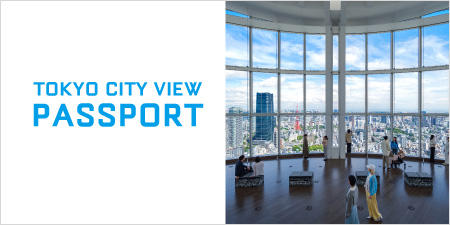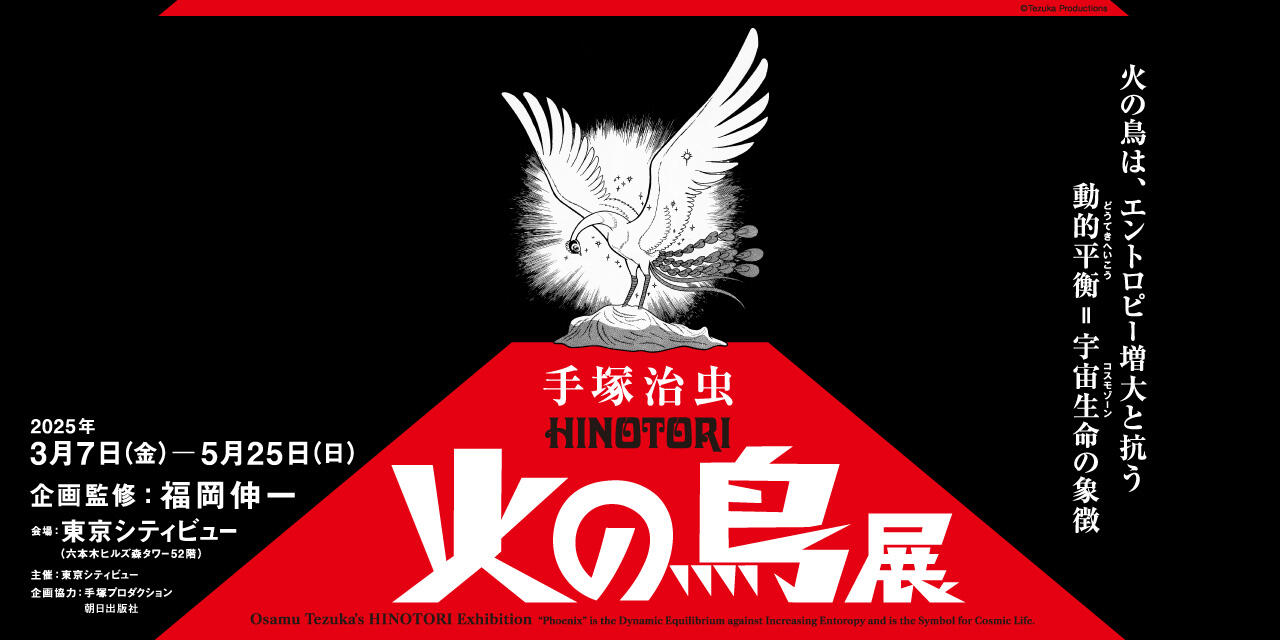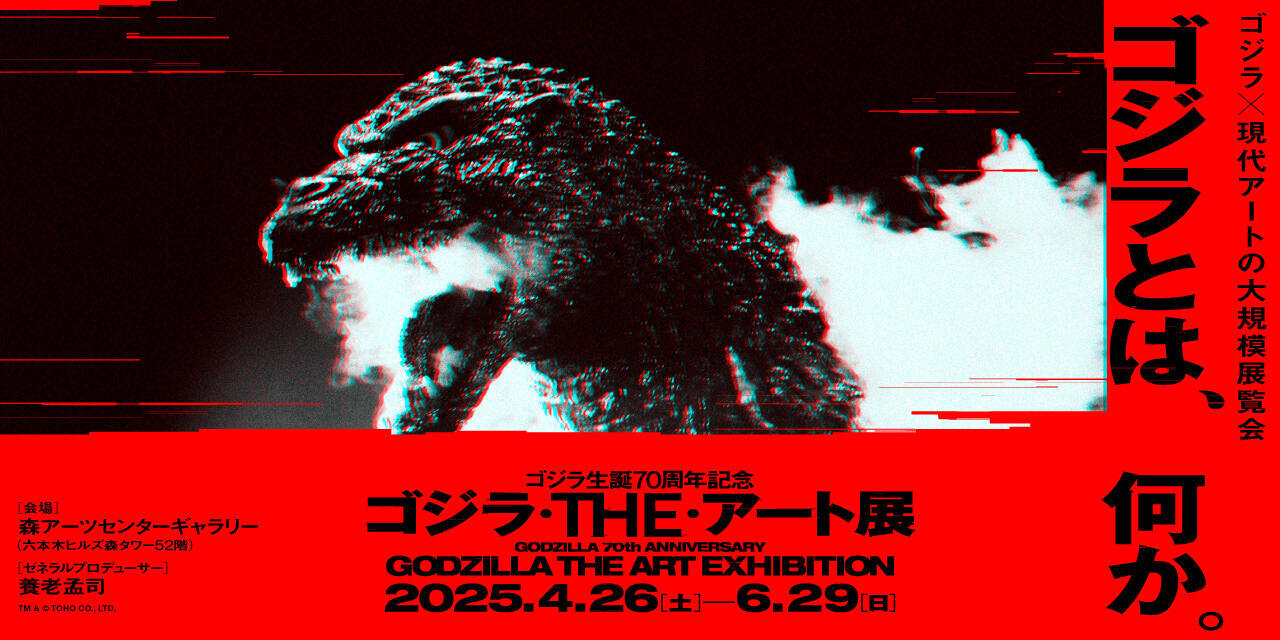Light and Belief
| Artist | : | Dinh Q. Lê (1968-2024) |
|---|---|---|
| Nationality | : | Vietnam |
| Year | : | 2012 |
| Material | : | 100 set of drawings (pencil, water color, ink, oil on paper), video, color, sound |
| Size | : | Dimension variable, video: 35 min. |
Born in a town situated on the border with Cambodia, Dinh Q. Lê came to the United States with his family in 1978 to escape the Khmer Rouge invasion. In college, he studied computer science and photography. While in college, Lê noticed that narratives of the Vietnamese people were lacking, in comparison with the abundance of stories of the Vietnam War experience for Americans, and began producing works inspired by the untold stories that were being left out of various research studies and commercial films. In addition to participating in group and international exhibitions around the world, including the Venice Biennale (2003), documenta (Kassel, 2012), and the Singapore Biennale (2006, 2008), Lê held his first large-scale solo exhibition in Asia at the Mori Art Museum in 2015, Dinh Q. Lê: Memory for Tomorrow. In 1997, he returned to Vietnam and established the artist-run art space Sàn Art in 2007.
Light and Belief: Sketches of Life from the Vietnam War is an installation consisting of a video based on interviews with artists who served as military painters in the North Vietnamese Army during the Vietnam War, and 100 sketches that they drew. At the beginning of the video, the artists praise Ho Chi Minh for having a true understanding of art, and talk about how they were not only painters, but also fighters for the ideals of communism. The film is occasionally interspersed with animated images, which tell the story of the war experiences of each of the artists as well as their works. In this film, Lê depicts artists who, even as they abandoned their individuality and identity as painters under the ideology of their mission to document the results of the war, painted many casual moments and portraits of people in between battles. One might say that these were images of artists who tried to find hope and connection with others even in the war zone.
-

Dinh Q. Lê Light and Belief2012100 set of drawings (pencil, water color, ink, oil on paper), video, color, soundDimension variable, video: 35 min.Installation view: Dinh Q. Lê: Memory for Tomorrow, Mori Art Museum, Tokyo, 2015Photo: Nagare Satoshi
Dinh Q. Lê Light and Belief2012100 set of drawings (pencil, water color, ink, oil on paper), video, color, soundDimension variable, video: 35 min.Installation view: Dinh Q. Lê: Memory for Tomorrow, Mori Art Museum, Tokyo, 2015Photo: Nagare Satoshi
Light and Belief
| Artist | : | Dinh Q. Lê (1968-2024) |
|---|---|---|
| Nationality | : | Vietnam |
| Year | : | 2012 |
| Material | : | 100 set of drawings (pencil, water color, ink, oil on paper), video, color, sound |
| Size | : | Dimension variable, video: 35 min. |
Born in a town situated on the border with Cambodia, Dinh Q. Lê came to the United States with his family in 1978 to escape the Khmer Rouge invasion. In college, he studied computer science and photography. While in college, Lê noticed that narratives of the Vietnamese people were lacking, in comparison with the abundance of stories of the Vietnam War experience for Americans, and began producing works inspired by the untold stories that were being left out of various research studies and commercial films. In addition to participating in group and international exhibitions around the world, including the Venice Biennale (2003), documenta (Kassel, 2012), and the Singapore Biennale (2006, 2008), Lê held his first large-scale solo exhibition in Asia at the Mori Art Museum in 2015, Dinh Q. Lê: Memory for Tomorrow. In 1997, he returned to Vietnam and established the artist-run art space Sàn Art in 2007.
Light and Belief: Sketches of Life from the Vietnam War is an installation consisting of a video based on interviews with artists who served as military painters in the North Vietnamese Army during the Vietnam War, and 100 sketches that they drew. At the beginning of the video, the artists praise Ho Chi Minh for having a true understanding of art, and talk about how they were not only painters, but also fighters for the ideals of communism. The film is occasionally interspersed with animated images, which tell the story of the war experiences of each of the artists as well as their works. In this film, Lê depicts artists who, even as they abandoned their individuality and identity as painters under the ideology of their mission to document the results of the war, painted many casual moments and portraits of people in between battles. One might say that these were images of artists who tried to find hope and connection with others even in the war zone.







